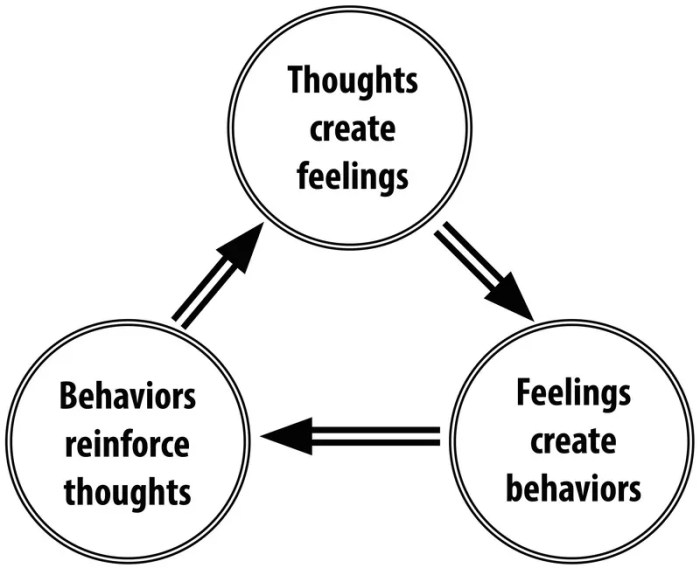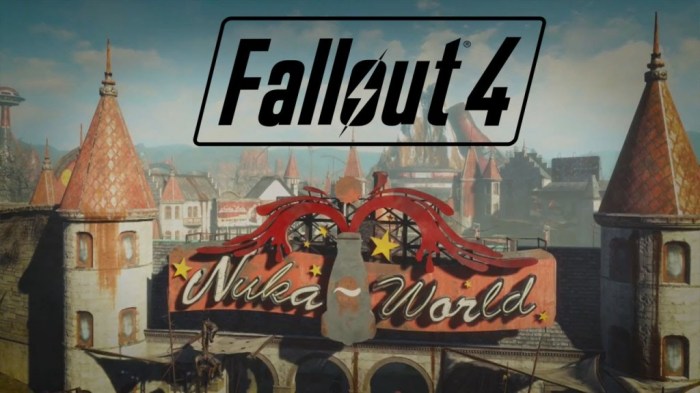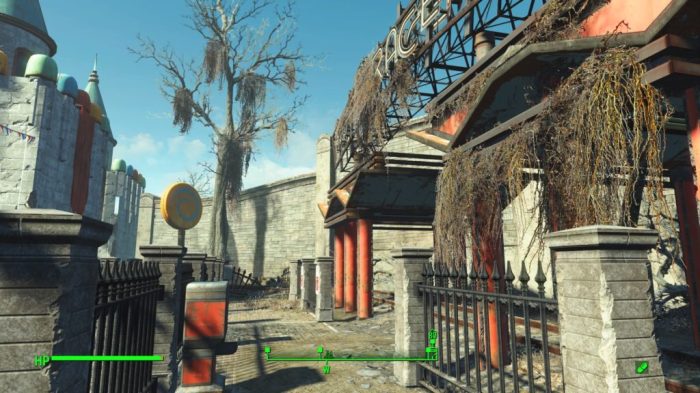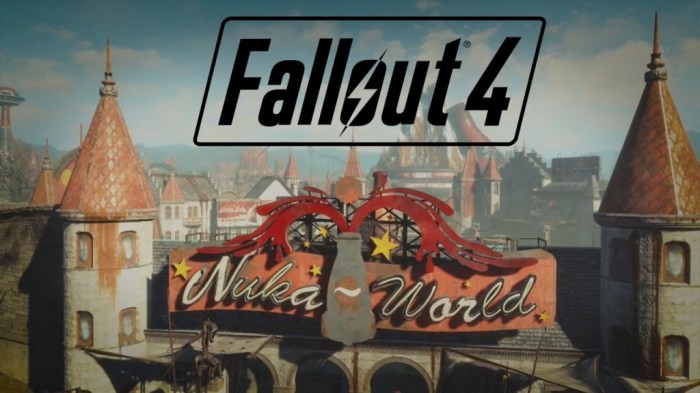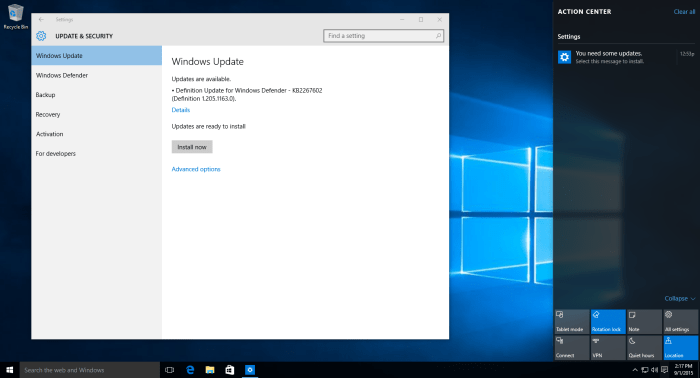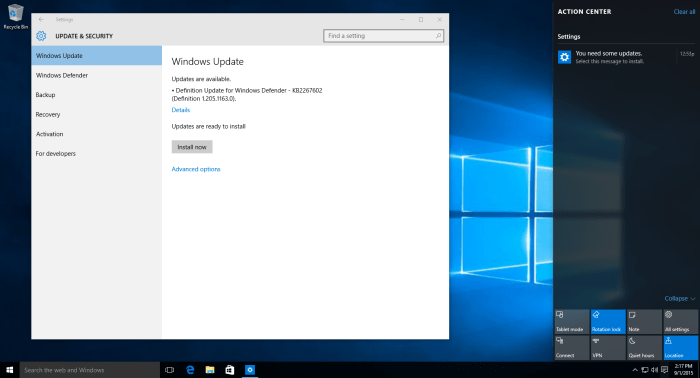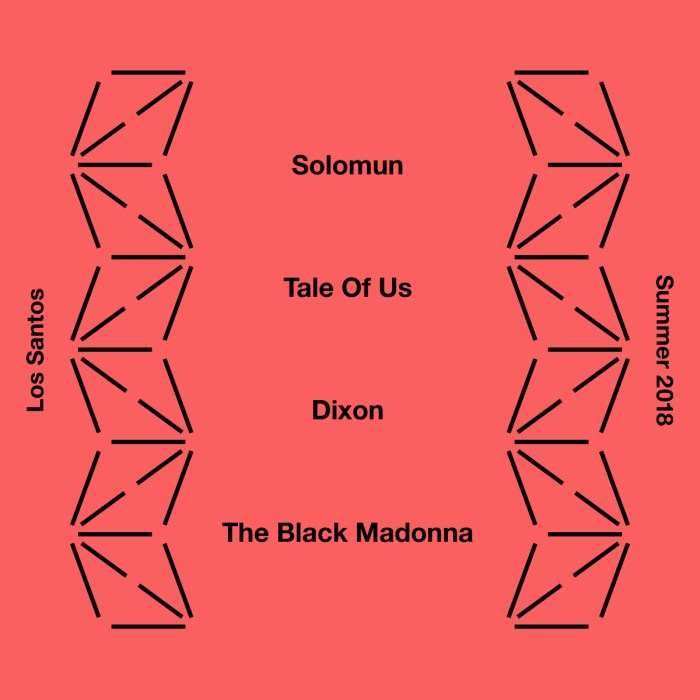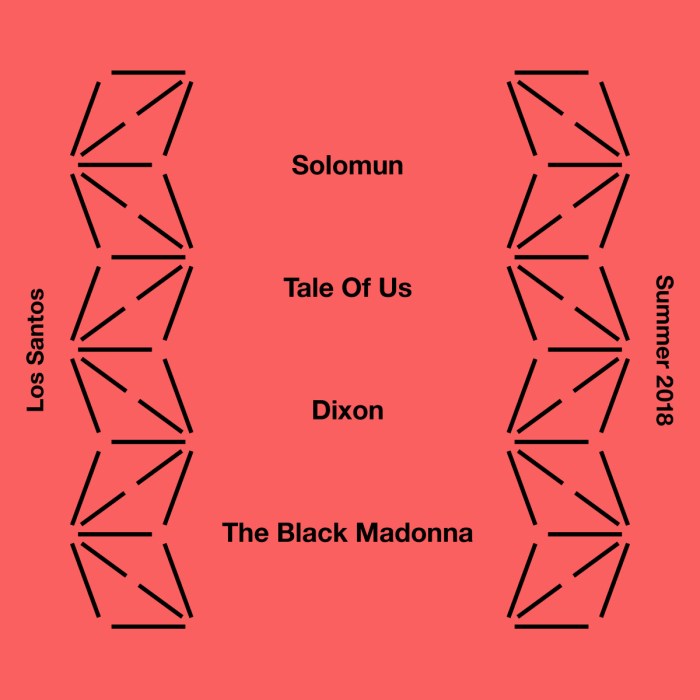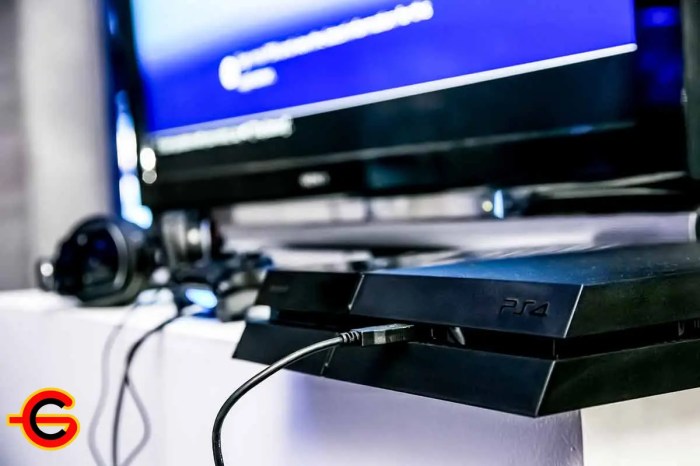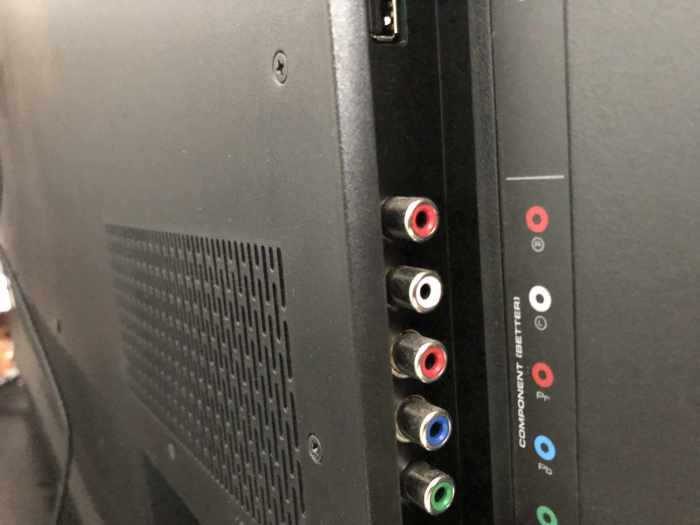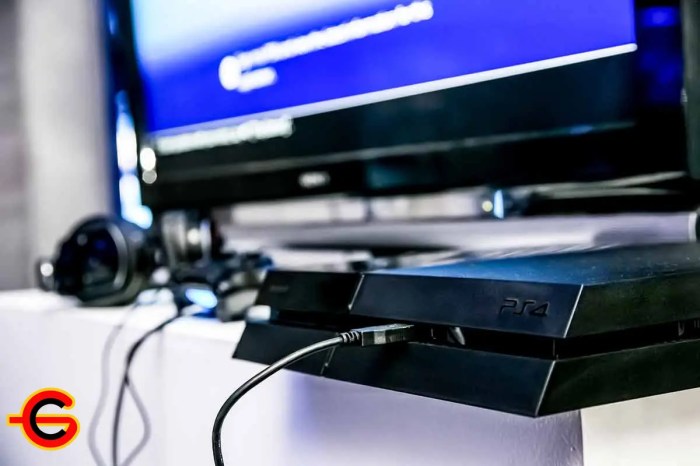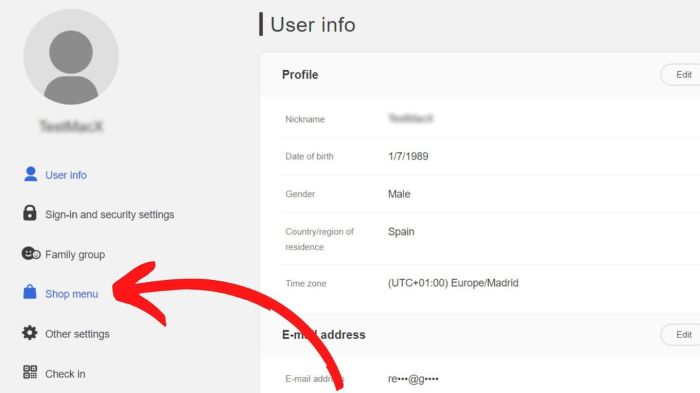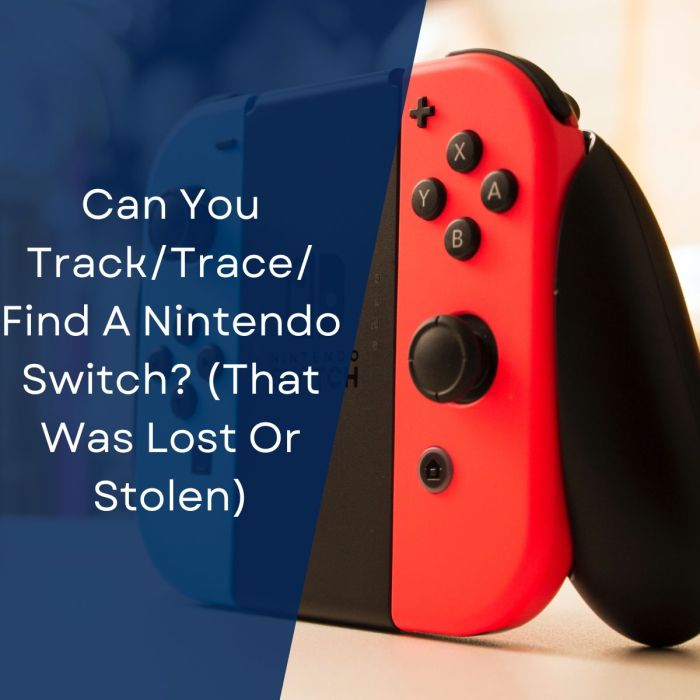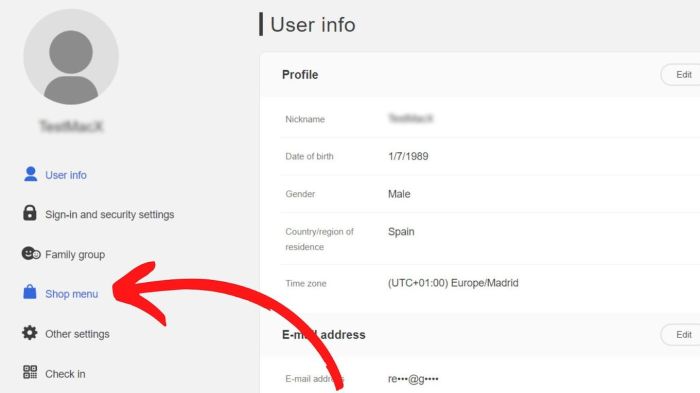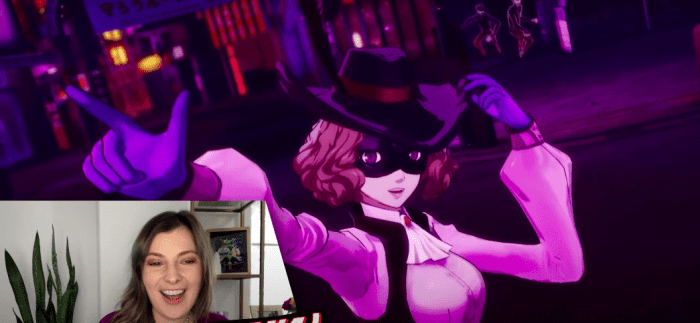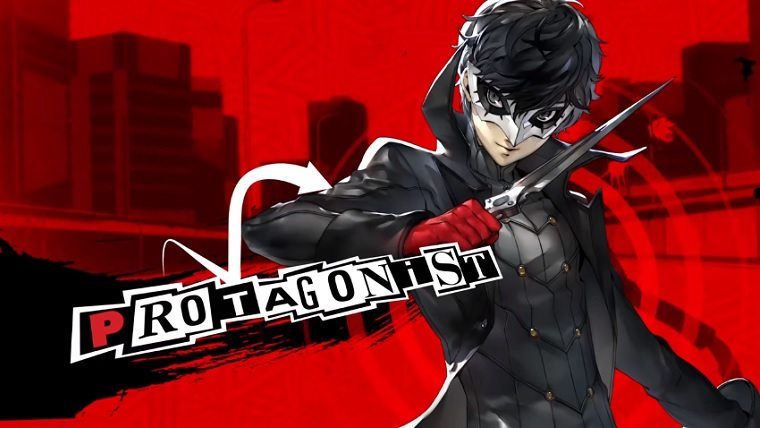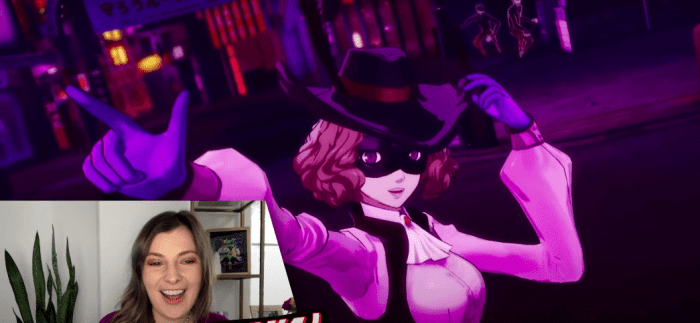Sync a PS4 Controller: This guide dives deep into the world of connecting your PlayStation 4 controller to various devices. We’ll cover everything from controller compatibility and connection methods to troubleshooting common issues and alternative solutions. Whether you’re facing syncing problems with a PS4, PS5, PC, or another device, this guide has you covered.
Understanding the different connection methods, like USB and Bluetooth, and the necessary drivers for your operating system is crucial for a seamless experience. We’ll break down the process step-by-step, offering clear instructions and troubleshooting tips along the way. This comprehensive guide is designed to help you confidently connect and use your PS4 controller across various platforms.
Controller Compatibility and Connection
The PlayStation 4 controller, a ubiquitous accessory for gaming, is compatible with a range of devices. Understanding its compatibility and connection methods is crucial for seamless gaming experiences across platforms. This section delves into the specifics of controller models, connection types, and troubleshooting techniques.Controller compatibility isn’t universally straightforward; it depends on the specific controller model and the receiving device.
The details are crucial for avoiding frustration when trying to connect a controller to a device.
PS4 Controller Models and Compatibility
Various PS4 controller models exist, each with varying degrees of compatibility across different platforms. Understanding the specifics of each model ensures compatibility is correctly identified.
- The standard PS4 DualShock 4 controller is compatible with PS4 consoles, PS5 consoles (with limited functionality), and some PC systems via USB or Bluetooth. This compatibility allows for seamless transitions between devices.
- Some custom-designed PS4 controllers might offer extended functionality or unique features, but their compatibility with various devices can vary. Carefully reviewing the manufacturer’s specifications is crucial to understanding the controller’s capabilities and restrictions.
- A specific PS4 controller’s compatibility with PC depends on the software and drivers. Not all PS4 controllers work with all PC setups. This compatibility is often dependent on the driver and software support.
Connection Methods, Sync a PS4 Controller
Several methods allow connecting a PS4 controller to various devices. Each method offers distinct advantages and disadvantages, affecting its usability and performance.
- USB Connection: This method involves plugging the controller directly into a USB port. The process is relatively straightforward, usually requiring no additional software or configurations. This connection method is often the fastest and most reliable method for connecting to PCs. Using a USB cable ensures a consistent and robust connection, minimizing connection issues.
- Bluetooth Connection: This method connects the controller wirelessly using Bluetooth technology. It’s often more convenient for use with PS4 consoles and some PCs. This method is particularly beneficial for situations requiring mobility or avoiding cable clutter. Setting up a Bluetooth connection typically involves enabling Bluetooth on the device and pairing the controller, a process usually Artikeld in the device’s user manual.
Troubleshooting Connection Issues
Connection issues, such as poor signal, lost connection, or no connection, are common. Effective troubleshooting involves systematically addressing potential problems.
- Check for Obstructions: Ensure that there are no physical obstructions, such as walls or metal objects, interfering with the wireless signal if using Bluetooth. These obstructions can severely hinder signal transmission.
- Ensure Correct Drivers: If connecting to a PC, ensure the correct drivers are installed for the controller. Outdated or missing drivers can cause connection problems. Using the latest and most updated drivers can fix many compatibility issues.
- Check for Conflicts: In cases of PC connection issues, verify that no other devices are using the same USB port or Bluetooth channel, causing a conflict. This is especially important when dealing with multiple devices or connections.
- Restart Devices: A simple restart of both the controller and the device can often resolve temporary connection problems. This often resolves temporary connection issues and restores connectivity.
Comparison of Connection Methods
A comparison of connection methods highlights the advantages and disadvantages of each.
| Connection Method | Pros | Cons |
|---|---|---|
| USB | Reliable, fast, often no setup required. | Requires a cable, limited mobility. |
| Bluetooth | Wireless, convenient, no cables. | Potential for signal interference, slower connection speed than USB. |
Software and Driver Installation
Connecting a PS4 controller to a variety of platforms often requires specific software or drivers. These tools ensure proper communication between the controller and the host system. This section details the need for these drivers, their installation procedures across different operating systems, and how to troubleshoot potential issues.
While a PS4 controller can sometimes be recognized automatically, dedicated software and drivers often enhance performance, compatibility, and customization options. Different platforms may need specific drivers for optimal functionality, like button mapping, vibration adjustments, or other advanced settings.
Figuring out how to sync a PS4 controller can be a bit of a pain sometimes, but it’s usually pretty straightforward. Speaking of frustrating tech issues, did you know that a popular song referencing Colin Kaepernick got the censor treatment in the Madden NFL 19 soundtrack? Check out the details on this interesting story here. Hopefully, once you get your PS4 controller synced up, you can dive back into some gaming without any further tech troubles.
Driver Necessity for Different Platforms
The PS4 controller’s functionality varies depending on the host platform. For instance, PC users may need specific drivers for accurate button mapping, advanced features, and seamless compatibility. Conversely, on consoles like the Nintendo Switch, the controller might work seamlessly without additional software.
Installation Process for Various Operating Systems
The installation process for PS4 controller drivers differs depending on the operating system. General steps include downloading the appropriate driver package, running the installer, and following the on-screen instructions.
- Windows: Many PS4 controllers are recognized by Windows automatically after connection. However, specialized drivers from the PlayStation website or third-party developers may be necessary for advanced features or compatibility with specific software.
- macOS: The macOS operating system often recognizes PS4 controllers without the need for additional drivers. However, for enhanced features or custom configurations, third-party applications may be required.
- Linux: Similar to macOS, PS4 controllers may be recognized without drivers. Specific drivers are available from the Linux community for advanced features and better control over the controller’s behavior. However, the specific steps and availability vary greatly based on the Linux distribution and controller model.
Ensuring Correct Driver Installation
Correct driver installation is crucial for optimal performance. This ensures that the controller functions correctly with the host system’s hardware and software. Incorrect or outdated drivers can lead to issues like connection problems, input lag, or functionality loss.
- Verify Compatibility: Ensure the driver is compatible with your specific PS4 controller model and operating system version.
- Follow Instructions Carefully: Adhere to the provided installation instructions and prompts from the driver installer.
- Restart System: After installation, restarting the system often ensures that the drivers are fully integrated and functioning properly.
Step-by-Step Guide for Installing PS4 Controller Drivers on PC
This guide Artikels the typical steps for installing PS4 controller drivers on a PC. Specific steps might vary based on the driver package.
- Download the Driver: Download the appropriate driver package for your PS4 controller model and Windows version from the official PlayStation website or a reputable third-party source.
- Run the Installer: Execute the downloaded installer file.
- Follow On-Screen Instructions: Carefully follow the on-screen prompts and select appropriate options for your installation.
- Restart PC: Restart your computer to allow the new drivers to take effect. This is a crucial step to ensure the driver is recognized and loaded.
Updating or Reinstalling Drivers
Driver updates or reinstallation may be necessary to resolve issues. Outdated drivers can sometimes cause problems, and reinstalling can resolve conflicts or issues caused by corrupted installations.
- Update Drivers: Check for updates regularly through the operating system’s driver update tools. Updates may address compatibility issues or improve performance.
- Reinstall Drivers: If issues persist, reinstalling the drivers might resolve problems arising from corrupted files or outdated configurations. Before reinstalling, consider backing up any customized configurations or settings.
Troubleshooting Common Issues
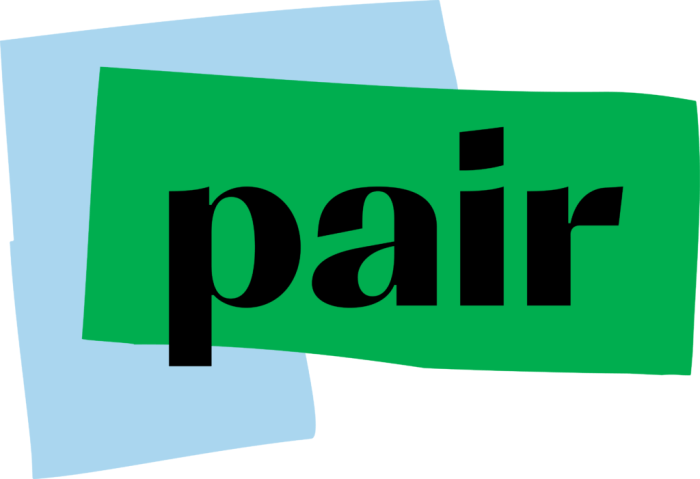
Successfully connecting your PS4 controller to your system is often straightforward, but occasional hiccups can occur. This section delves into common problems and provides practical solutions to get your controller synced and playing.Understanding potential roadblocks is key to swift resolution. Whether it’s a simple pairing error or a deeper hardware issue, this guide equips you with the tools to diagnose and fix various syncing challenges.
Identifying Controller Problems
Several factors can disrupt the connection process. Controller malfunctions, incorrect pairing procedures, or system incompatibility can all contribute to syncing difficulties. Examining the controller’s physical state for any visible damage or loose connections is crucial. A damaged or malfunctioning controller might need replacement. Incorrect pairing protocols can result from misunderstandings of the pairing procedure.
System incompatibility between the controller and the operating system (OS) version can be another reason for syncing problems.
Resolving Pairing Issues
Mismatched pairing attempts are a frequent cause of syncing failures. Ensure the controller and console are both powered on and ready for connection. If the controller has already been paired with another device, unpairing it from that device is necessary before attempting to connect to the PS4. The controller’s pairing process usually involves pressing and holding specific buttons for a few seconds.
Carefully following the on-screen instructions during the pairing process is essential.
Addressing Controller Malfunctions
Controller malfunctions can range from minor issues to complete failures. If the controller isn’t responding or the buttons aren’t registering inputs, a software reset of the controller might resolve the problem. A battery check is also important. A weak or dead battery can significantly impact the controller’s functionality. If the problem persists, a complete controller reset, by removing and re-inserting the battery, might be required.
If the controller is physically damaged, replacing the controller might be the only solution.
Handling System Incompatibility
Operating system (OS) versions can sometimes cause incompatibility issues. Ensuring both the PS4 console and the controller are updated to the latest available software versions can resolve compatibility problems. Older PS4 consoles or controllers with outdated firmware might have difficulty connecting to newer OS versions. Checking for software updates for both the console and the controller is a critical step in resolving this type of incompatibility.
Troubleshooting Steps for Different Operating Systems
Troubleshooting steps for different operating systems might vary slightly. Always consult the PS4 user manual for specific instructions relevant to your console’s operating system version. Detailed instructions for the specific OS version are available in the PS4 support documentation.
Figuring out how to sync a PS4 controller can be a bit of a headache sometimes. Luckily, there are tons of helpful online resources. Speaking of cool new music, did you hear about Deerhunters’ Lockett Pundt announcing a new Lotus Plaza album, “Spooky Action at a Distance”? This new release is a must-listen, and hopefully the inspiration will help you conquer those controller connection issues.
Just a friendly reminder that sometimes the simplest solutions are the best ones when you’re trying to sync a PS4 controller.
Common Issues and Solutions
| Issue | Potential Cause | Solution |
|---|---|---|
| Controller won’t connect | Faulty controller, incorrect pairing procedure, or system incompatibility. | Check for physical damage, ensure proper pairing steps are followed, and update both console and controller software. |
| Buttons don’t register | Faulty controller, weak battery, or software glitch. | Check battery, reset controller, and update controller software. If the issue persists, consider a replacement. |
| Controller recognized but unresponsive | Software glitch on the console or controller, or outdated software. | Reset both the console and controller, update software versions, and try pairing again. |
Alternative Solutions and Workarounds
When direct methods for syncing a PS4 controller fail, exploring alternative solutions is crucial. These methods often involve adjusting hardware configurations, software settings, or troubleshooting specific issues. Understanding these workarounds can significantly improve the chances of successful controller connection.Sometimes, a simple adjustment, like switching USB ports or resetting the controller, can resolve connection problems. In more complex scenarios, specialized third-party software might be necessary.
This section delves into these alternative strategies and provides examples for various situations.
Alternative USB Ports
Switching to a different USB port on the host device can resolve compatibility issues. Different ports might have varying power output or connectivity stability. A known issue is that some USB ports might not provide enough power for the controller to function properly, especially older or less reliable ports.
Different Bluetooth Devices
If using Bluetooth, switching to a different Bluetooth device on the host computer or console might resolve connectivity problems. Sometimes, Bluetooth interference from other devices or conflicting protocols can disrupt communication. This is particularly relevant if the host device has multiple Bluetooth devices connected.
Controller Reset
A controller reset is a fundamental troubleshooting step. This action clears any temporary glitches or corrupted configurations that might be hindering the connection process. The procedure is typically straightforward and often resolves minor issues without requiring software intervention.
Third-Party Software
Third-party software can sometimes assist in syncing a PS4 controller. These programs often provide advanced features like remapping buttons or additional troubleshooting options. However, use caution when downloading and installing third-party applications, as some might be malicious or incompatible with your system. Always verify the source and check user reviews before installing.
Workarounds for Connection Issues
- Using a different USB port. Switching to a different USB port on the host device can resolve compatibility issues. This often resolves issues with low power output or intermittent connectivity. Example: If the controller connects and disconnects erratically, try a different USB port.
- Trying a different Bluetooth device. If using Bluetooth, switching to a different Bluetooth device on the host computer or console might resolve connectivity problems. Example: If the controller won’t connect via Bluetooth, try connecting to a different Bluetooth device, such as a different headset or speaker, to see if that resolves the issue.
- Resetting the controller. A controller reset is a fundamental troubleshooting step. This action clears any temporary glitches or corrupted configurations that might be hindering the connection process. Example: If the controller is unresponsive or exhibiting strange behavior, a reset can often restore normal operation.
Hardware-Related Issues
Troubleshooting a PS4 controller syncing problem often boils down to examining the hardware components involved. A seemingly straightforward connection can be hampered by subtle hardware issues. Understanding these potential problems and their solutions is key to getting your controller working flawlessly.Identifying and addressing hardware problems is crucial for efficient troubleshooting. A faulty controller, dead batteries, or a compromised USB cable can all disrupt the syncing process.
Properly diagnosing the source of the problem will save you time and frustration.
Dead Batteries
A common cause of syncing problems is a controller with depleted or failing batteries. Low battery power can significantly impact the controller’s ability to communicate with the console.
- Replacing the batteries is a simple and often overlooked solution. Ensure you use the correct battery type (typically AA) and install them correctly. Incorrectly placed batteries can hinder functionality.
- Check the battery compartment for any debris or obstructions. Foreign objects can prevent proper contact and battery power from reaching the controller.
- Test the controller with fresh batteries to confirm if the problem was related to the battery life.
Faulty Controller Buttons
Physical damage or malfunctioning buttons can lead to erratic or no responses from the controller. These issues can affect the controller’s ability to transmit input signals to the console.
- Inspect all buttons on the controller for any signs of damage, such as dents, cracks, or loose connections. Physical damage can hinder the proper functioning of the controller’s buttons.
- If a button is unresponsive, gently press it to check if the mechanism is working correctly. If the button still does not respond, try testing different buttons to see if the issue is isolated to a particular button.
- A faulty button might require professional repair. If the issue persists after careful inspection, a qualified technician can diagnose the problem and suggest appropriate repair solutions.
Damaged USB Cables
A damaged USB cable is another potential culprit for syncing problems. A frayed or broken cable can interrupt the data flow between the controller and the console.
- Visually inspect the USB cable for any signs of damage, such as frayed wires, exposed conductors, or broken connectors. Pay close attention to the cable’s connectors to ensure that they are not bent or damaged.
- Try using a different USB cable to rule out cable-related issues. If the controller connects and works with the alternate cable, the original cable is the problem.
- If the cable appears damaged, replace it with a certified or reputable cable to ensure data integrity and reliable connectivity. Using an uncertified cable can introduce electrical noise or errors, affecting the syncing process.
Testing Controller Functionality
To ensure the controller’s functionality, try these steps:
- Connect the controller to the PS4 console with the appropriate USB cable. Use a known-good cable to isolate potential cable-related issues.
- Check if the controller is recognized by the console. Look for controller connection messages on the console screen.
- Attempt basic controller functions, such as button presses, directional pad movements, and the touchpad to determine if they work as expected.
Importance of Certified Cables
Using certified or reputable USB cables is essential for stable and reliable controller syncing. These cables are designed to meet specific quality standards for data transfer.
Certified cables are built to handle the data transfer rates required for PS4 controller syncing.
Using a sub-standard cable can lead to intermittent connectivity issues or connection failures. In contrast, certified cables minimize the chance of interference and ensure reliable data transmission.
Advanced Configurations and Customization

Fine-tuning your PS4 controller’s settings can significantly enhance your gaming experience. Beyond basic connections and mappings, advanced configurations allow for personalized control schemes tailored to individual preferences and game genres. This section delves into optimizing performance, customizing controls, and exploring different techniques for reconfiguring your controller for optimal gameplay.Controller settings are not limited to basic input assignments. Advanced options allow players to tweak sensitivities, vibration intensity, and even control specific aspects of controller behavior.
Figuring out how to sync a PS4 controller can be a bit of a pain sometimes, but it’s usually pretty straightforward. Recently, I was digging into some new music, and a cool cover of a Bauhaus song by MGMT, really got me thinking about the rhythm and precision needed for perfect controller syncing. You can check out that listen mgmt cover bauhaus for yourself.
It’s definitely worth a listen, and I’m back on track now, ready to tackle that controller syncing again.
This level of customization allows players to create a personalized gaming environment perfectly suited to their preferences.
Optimal Performance Settings
Understanding and adjusting sensitivity levels can dramatically improve precision in games requiring pinpoint accuracy. For example, in racing games, a lower sensitivity setting allows for finer control over steering, while a higher sensitivity is often preferred in action games for quicker responses. Similarly, adjusting dead zones helps eliminate unintended inputs from slight controller movements. This is particularly important for precise aiming in first-person shooters.
Customizing Controller Mappings
Many games offer extensive customization options for controller inputs. This allows players to map buttons to different actions, creating a control scheme that fits their playing style.
Mapping Buttons for Specific Actions
Customizing button mappings is a crucial aspect of tailoring your controller to specific games. For example, in a first-person shooter, you might remap the left trigger to sprint, the right trigger to fire, and the shoulder buttons to activate tactical abilities. In racing games, you might map buttons for gear shifting or using nitro. This personalization ensures efficient control and a streamlined gaming experience.
Reconfiguring Controller Settings
Different methods exist for reconfiguring controller settings, and the most effective approach often depends on the specific game or controller software available. This often involves accessing the in-game options menu or utilizing dedicated controller configuration software. Most modern controllers have built-in settings menus, or they support third-party applications that allow for more in-depth adjustments.
Detailed Illustration of the Syncing Process: Sync A PS4 Controller
Connecting your PS4 controller to various platforms can be a bit tricky, but the process is remarkably consistent. Understanding the steps involved is key to ensuring a smooth connection. This guide breaks down the syncing process, highlighting differences across platforms and providing visual aids for easy comprehension.The syncing process is fundamental to using a PS4 controller with devices beyond the PlayStation 4 console.
Each platform employs unique methods, though the core concept of establishing a connection remains similar. This detailed guide offers a clear path to success, from initial setup to troubleshooting any encountered issues.
PS4 Controller Syncing on PlayStation 4
The syncing process on a PlayStation 4 is straightforward. To sync a controller, ensure the controller is fully charged or has sufficient battery power. Turn on your PS4 console and navigate to the settings menu. Look for the option to add a new controller. This usually involves holding a specific button combination on the controller, often the PS button and another button, while the controller is near the console.
Once detected, the console will guide you through the final steps of the connection. A successful sync will show the controller’s status as connected on the console screen.
Syncing on PC
The syncing process for a PS4 controller on a PC involves utilizing dedicated software. First, install the necessary software provided by the controller’s manufacturer or a third-party application designed for this purpose. Then, ensure the controller is powered on and properly connected to the PC via USB cable. Run the software, and it will typically guide you through the setup process, including inputting controller information and selecting the necessary options for optimal functionality.
The software may automatically detect the controller, or you may need to manually initiate the connection. Once recognized, the controller should appear as a usable input device in the PC’s settings.
Syncing on Other Platforms (Example: Xbox Series X|S)
Connecting a PS4 controller to an Xbox Series X|S is not a standard, supported feature. The PS4 controller is not designed for this specific console. While some third-party solutions might allow limited compatibility, this will typically not provide full functionality. A different controller designed for Xbox consoles should be used.
Visual Guide: Connection Steps (General)
| Step | Action | Description |
|---|---|---|
| 1 | Power on the Controller | Ensure the controller has sufficient battery or is charged. |
| 2 | Connect to Device | Connect the controller to the PC via USB, or initiate the sync process on the PS4. |
| 3 | Initiate Sync Process | Use the device’s settings menu or the associated software to initiate the sync. |
| 4 | Confirm Connection | Verify that the device recognizes the controller. |
Screenshot Example: PC Syncing
[Image description: A screenshot of a PC with a window open. The window displays a controller configuration software. The software shows a list of detected controllers, highlighting the PS4 controller. Buttons and other controller settings are visible in the window. The screenshot demonstrates the controller being detected and listed in the configuration software, ready for use.]
Closure
In conclusion, syncing your PS4 controller can be a straightforward process, but occasional hiccups are inevitable. This guide armed you with the knowledge to troubleshoot any connection issues, identify hardware problems, and explore alternative solutions. By understanding compatibility, connection methods, and driver installation, you’ll be well-equipped to successfully connect your PS4 controller to any desired device. Now, go forth and enjoy your gaming!





